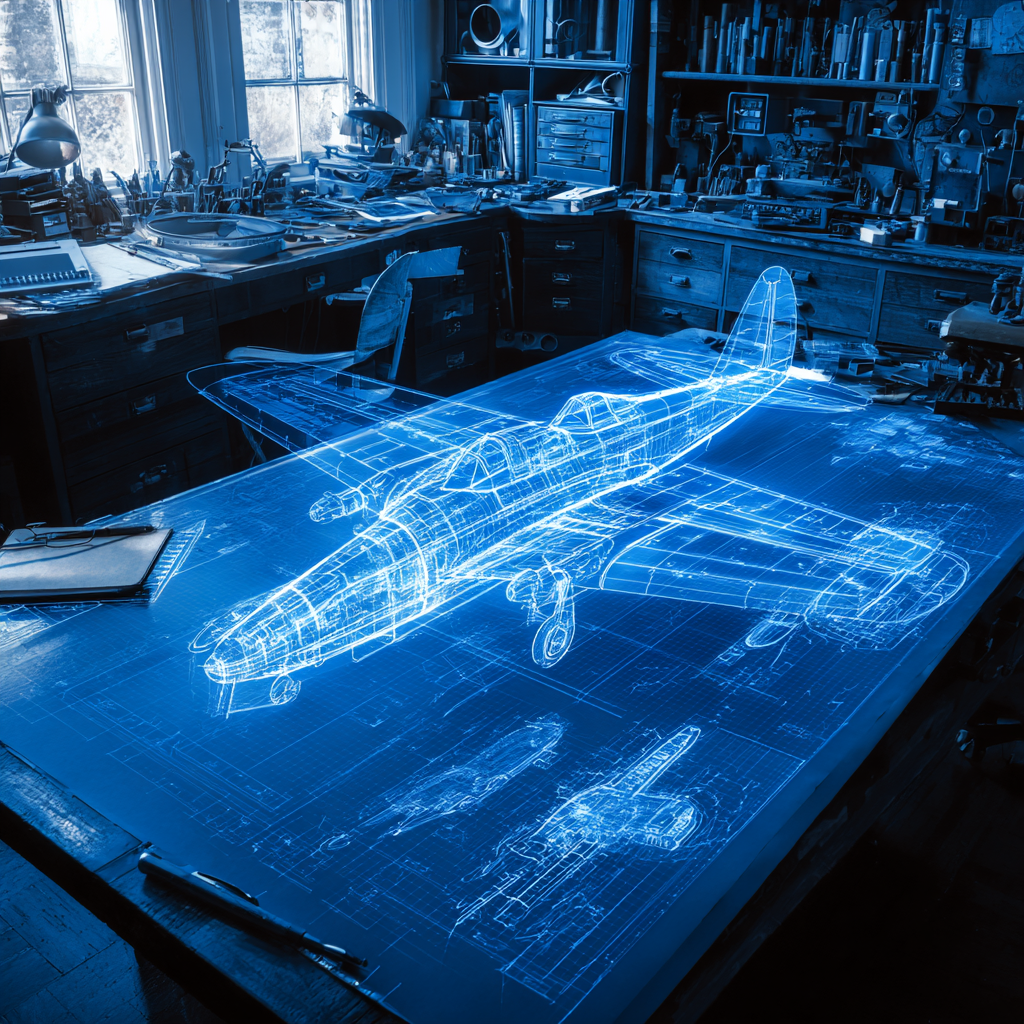Raster to Vector – Converting Scanned Drawings

Raster to Vector conversion starts with a digital raster file that was created during the process of scanning. Raster files are made up of pixels, while vector files are made up of lines. Most often the types of drawings that are converted from raster to vector are large format engineering drawings, architectural drawings, mechanical drawings, and blueprints of various sorts. Raster to vector conversion can also be used in the graphic arts for converting logos and other line-representations that have been scanned. This blog pertains to large format drawings used in machine tooling, architecture, aeronautics, automobile design, and other types of manufacturing and construction.
It’s important to make sure that you start with the best quality scan that your scanning equipment and software can provide. A reliable large format scanner must be the starting point when you scan your paper drawings. We like Contex scanners, both their Ultra models and their new IQ line. We use Contex in our scanning facility, because Contex sets a very high standard in scanning technology, and provides highly accurate scans of large format documents like maps and precise technical drawings.

Why Convert Raster to Vector?
The primary reason for converting a scanned raster image to a vector file is so that the drawing can be imported into a CAD program for edit, redesign, or to establish it in the CAD archive of a company. Vector files are very versatile and most CAD design and edit are done in vector-based CAD programs, such as AutoCAD. Vector images are composed of objects, not pixels, like raster files; these objects can have attributes assigned to them, like colors, width, length, etc. This is essential for any type of CAD design.
Vector images do not need to keep track of each individual pixel in an image. Vector images keep track of only mathematical descriptions. This makes vector files much smaller in size than comparable raster files.
What’s the Best Way to Convert Raster to Vector?
There are a number of commercially available software tools that help to automate the R2V conversion process. These “automatic” conversion packages work best with really good raster images because most raster to vector software includes a technology called “gap jumping,” which enables the software to “jump” over small line breaks during the raster to the vector conversion process and close the gaps. However if the lines on the starting raster image are very broken, this automatic feature will not work. In this case, it requires an expert draftsman to draw new lines over the broken ones. This can be a problem for someone who is not experienced in the process of converting raster files to vector files, or when highly accurate CAD files are required…like in the aeronautics industry.
Automatic Raster to Vector Software
Automatic raster to vector software programs can also have difficulties with some parts of the image where parallel or concentric entities touch. Where the lines touch, the automatic program can make mistakes because it can’t clearly see where one line ends and another begins. This is another area where someone who is inexperienced with raster to vector conversion may not understand how to correct the problem, while a raster to vector CAD expert can quickly look at the drawing and make a hand-drawn adjustment to preserve the integrity of the design.
Other areas that may be problems for automatic raster to vector include hatch patterns. Hatch patterns generally will not auto-vectorize well. In addition, dot-type hatch patterns will likely need to be removed completely using the raster to vector software despeckle command. In this case, once the drawing is converted from raster to vector, an experienced CAD operator will need to replace the hatches in the CAD program.
These are some areas where a CAD expert is necessary, even when using an automatic raster to vector software package. Many organizations that have highly accurate requirements and/or large quantities of raster to vector conversion requirements find that utilizing an experienced raster to vector conversion outsource service frees up their internal CAD operators for new design work, providing greater internal efficiencies and cost savings.
About Outsourced Raster to Vector
A professional, experienced CAD Conversion Service provides qualified CAD operators, usually at a very reasonable cost, who can perform raster to vector conversion with corrections and clean-up based on your requirements. This professional team that is assigned to your project provides a seamless blend of editing and conversion in order to give you the best results.
Recent Posts


Tips for Picking the Perfect 3D CAD Viewer for Your Needs
This guide will teach you about 3D CAD viewers and outline considerations to make before picking the right one. We review 5 options and pick a clear winner.

In this guide, you’ll learn how CAD/CAM Services can save you time and money during each digitization project. Digitization can make manufacturing faster than ever before.

How to Build an Aircraft Model by Converting 3D-Scanned STL Files into Functional 3D STEP Files
This in-depth guide will teach engineers how to use 3D-scanned aircraft files and transform them into manufacturable 3D STEP files with fewer mistakes.
